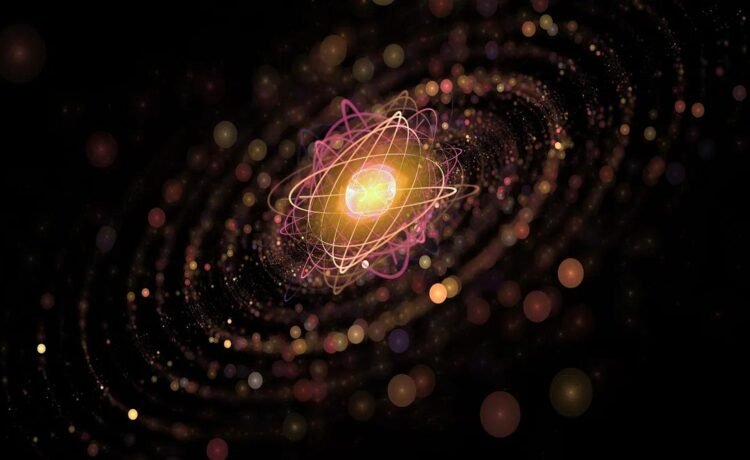Invented over 2000 years ago by Democritus, the word atom literally means uncuttable. Revived in 1803, today’s “atoms” can indeed be split.
Here on planet Earth, everything that we see, feel, or interact with is composed of atoms. There are approximately 90 naturally occurring species of atom that we can find on Earth, and approximately 30 more that we can synthesize under laboratory conditions. We’ve learned, thanks to the power of modern science, that atoms themselves are not fundamental, but rather can be divided into smaller chunks: electrons and an atomic nucleus, where the nucleus in turn can be further decomposed into protons and neutrons, which themselves are each made up of quarks and gluons. Only when we reach that deep of a level — the level of electrons, quarks, and gluons — do we encounter particles that are truly fundamental.
But the word atom itself, derived from the Greek word ατομός, literally means uncuttable or indivisible. How come, then, we still call these important components of reality “atoms,” instead of some other name that better reflects their composite nature? It’s a fascinating example of something remarkable about how science progresses: once something is discovered, it retains the…















